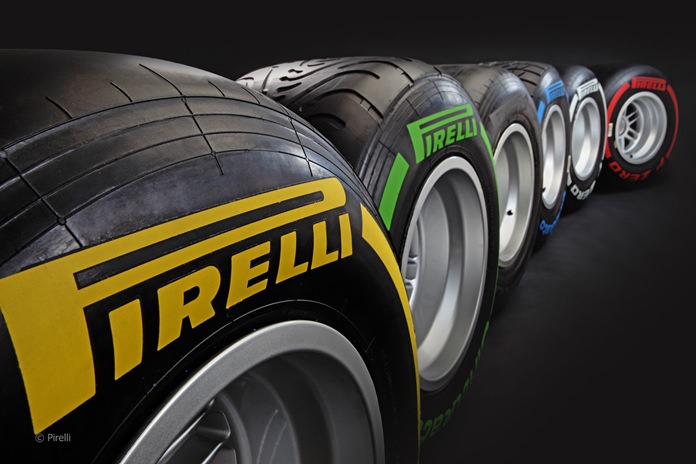For the past few years the F1 races have become processional. So processional that the FIA even commissioned an “Overtaking Working Group” to work out what could be done. For the first couple of years they did not do much. Grooved tyres were thrown out and slicks brought back – and that did nothing. Wings at the rear were made smaller, and that didn’t work. Wings at the front were made smaller and raised up from track level. That did nothing as far as overtaking was concerned, but it did bring a rash of muttering about wing flexibility at speed. This resulted in front wings that are so strong they could lift an elephant with one. But still there was no overtaking.

Let us now listen to what F1 legend Jean Alesi has to say. “As I see it, the biggest impact this year is clearly the tyres,” said Alesi. “Towards the end of the race things get really intense, and this is great from a fan’s perspective, creating some very exciting and unpredictable racing.”
The Pirelli tyres are quite different from previous manufacturers, with rapid wear compounds, which also hang on well for around 10 laps and then deteriorate so rapidly some drivers described the feeling like “falling off a cliff”. What this has meant is that the driver has had to think more about keeping his tyres in good shape and the strategist in the pit lane has to juggle more variables. Get them right and you have an advantage. Get them wrong and you have a driver struggling on unsuitable tyres, but not enough time to pop into the pits for a change of rubber before the race ends. As Alesi had pointed out, “Towards the end of the race things get really intense,” and they certainly do, and it leads to overtaking! Or, as Mercedes drivers have shown it leads to crashing into each other!




